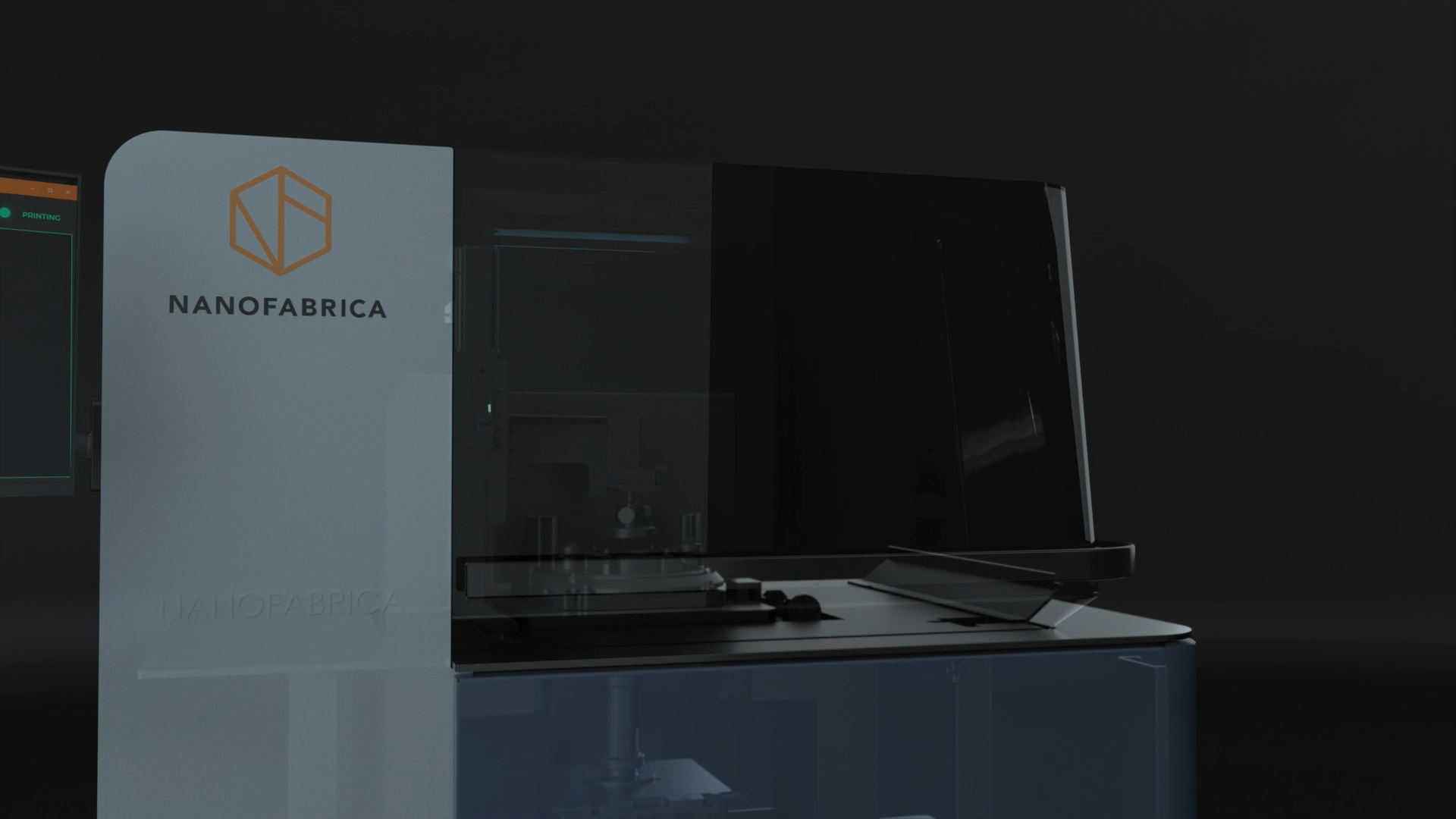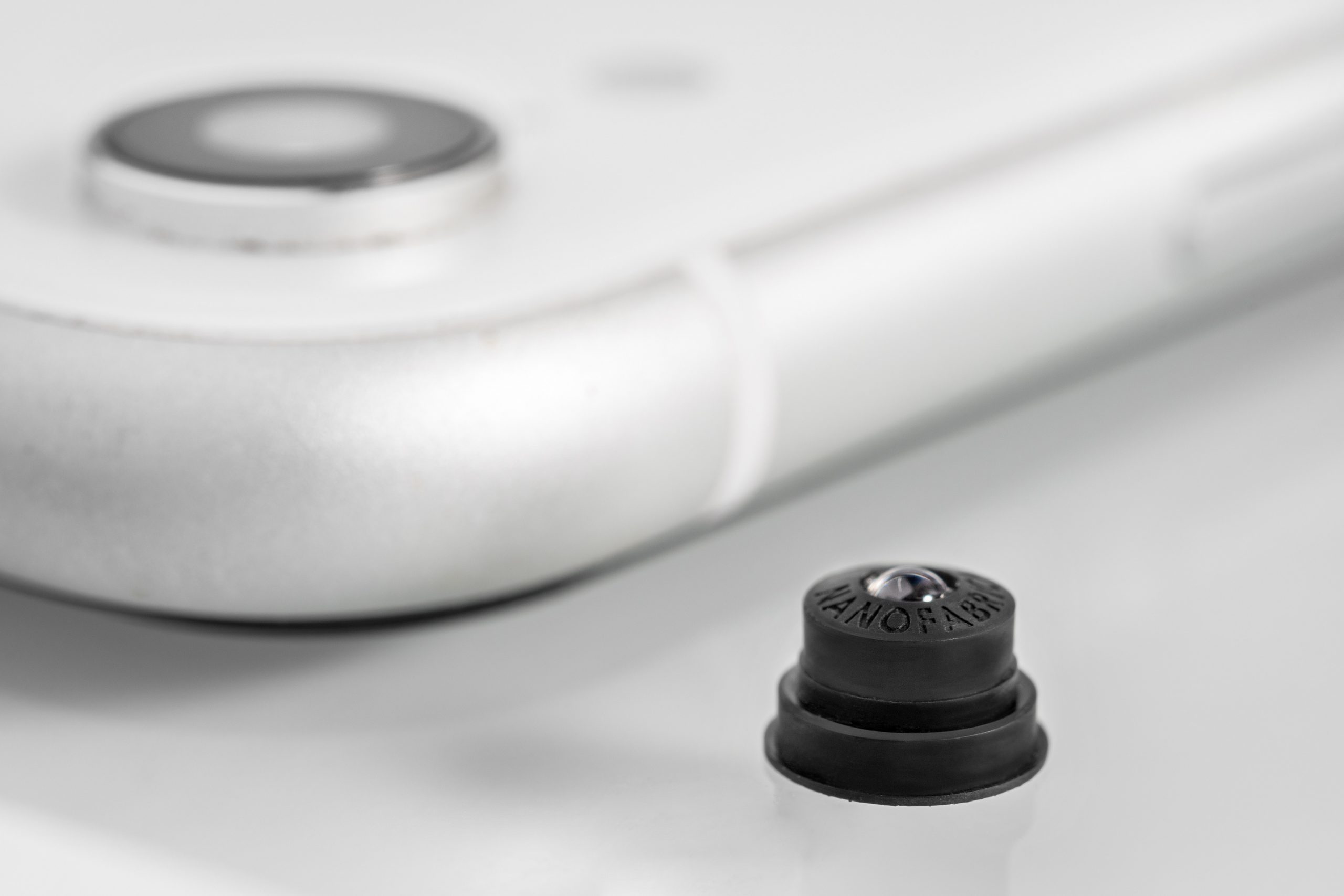Having long been utilized for prototyping purposes, additive manufacturing has reinvented itself as a production technology in recent years, and with this has arisen the need for higher accuracy and precision – an area in which 3D printed parts have traditionally struggled.
Previously, there have been inevitable trade-offs between producing parts in robust materials and producing parts that are highly precise, with few additive manufacturing processes capable of combining the two successfully. With the commercialization of Israel-based Micro Additive Manufacturing systems manufacturer Nanofabrica’s Tera 250 technology, however, this has now become possible at the microscale.
I sat down with Nanofabrica’s EVP Global Sales, Avi Cohen, to discuss the firm’s flagship Tera 250 additive manufacturing system and the benefits and applications of the company’s Micro Additive Manufacturing technology.

Micro Additive Manufacturing with speed and precision
With more than two decades of experience in the 3D printing sector under his belt, including a stint at 3D printer manufacturer Stratasys, Cohen heads up Nanofabrica’s global sales and business operations and spearheads the product innovation and customer adoption of the company’s microscale 3D printing technologies.
According to Cohen, the concept behind the Tera 250 originated out of the need to overcome issues regarding lack of precision, micron tolerances, and materials suitable for volume production for end-use microscale products and larger macro objects with intricate micro-details.
“As such, the machine is aimed at the numerous sectors of industry that are driven by a constant dynamic, miniaturize plastic parts and components, while at the same time maximizing their functionality,” he says. “Until the introduction of the Tera 250, such requirements could only be served by traditional micro molding technologies, but the micro molding process is encumbered by the requirement for the fabrication of time-consuming and costly micro tooling, and is also frustrated by its inability to include geometric complexity cost-effectively, if at all.”

How does the Tera 250 work?
The Tera 250 operates on a micro-DLP light engine and works by projecting UV light into a vat filled with polymer resin and curing it layer by layer into a 3D build. The system is capable of achieving an impressive one-micron resolution over a relatively sizeable build volume measuring 50 x 50 x 100mm.
The Tera 250 uses adaptive optics to electronically control critical optical working point parameters such as focus, tilt, and astigmatism, and also features an optomechanical apparatus to facilitate corrections of other parameters in real-time, such as location and accuracy in the XY plane. The apparatus also corrects for degrees of freedom such as wobbling to allow for a better surface finish on parts.
“The Tera 250 also uses a selective-resolution strategy, which means that areas where fine details are required are printed relatively slowly,” adds Cohen. “But where the details are not so exacting, the part is printed at a faster speed. This likely makes the entire printing speed faster than other micro-AM platforms.”
Additionally, the system makes use of algorithms to control and optimize its hardware. Closed loop feedback algorithms are deployed to increase accuracy and repeatability during production, and to correct positioning errors using laser distance measurements. Meanwhile, another algorithm family enables customized file preparation through optimizing the system’s print angle, build-plate orientation, and supports, in order to ensure accurate, timely, and cost-effective part production.
And it is the Tera 250’s speed and cost-effectiveness of use that sets it apart from other microscale 3D printing systems on the market, Cohen says.
“The Tera 250 was always designed to be used in a real industrial setting, and it was never destined to remain in a research lab attaining impressive accuracy results but never seeing the commercial light of day,” he explains. “One of the key attributes of 3D printing is that it is a speedy technology, requiring no tooling, and able to print from design files, meaning exacting time to market targets can be met. The whole objective of the machine is undermined if the production process is slow, which all alternatives are.”

Developing digital nano-materials
A large part of Nanofabrica’s efforts goes into the R&D of its additive manufacturing materials, and the company boasts a team with strong material development expertise garnered from stints at leading companies in the 3D printing sphere.
Leveraging this expertise, the firm has developed proprietary materials for the Tera 250 to enable the manufacture of ultra-high resolution parts, through modifying their polymerization radii, viscosity, surface tension, and spectral-optical penetration depth.
“Due to the uniqueness of our technology, the Tera 250 Micro AM system can accommodate many different composite materials, and different mixes of composites with different types of nano particles,” says Cohen. “This is where our R&D work for future material development is focused at the moment, hybrid materials and various mixes of materials that can only be printed on the Tera 250 to micron resolution.”
The first material introduced by Nanofabrica was its proprietary N-800 ABS-like material characterized by its strength and flexibility. While Cohen says there are “countless” applications for N-800, it is particularly suited for structural micro applications within industries such as electronics, optics, automotive, and aerospace.
The second material engineered by the company for the Tera 250 is its Performance N-900, a ceramic-loaded material that when successfully printed can achieve a similar resolution to other non-ceramic materials. The Nanofabrica team is currently working on the development of other high concentration composite materials with one micron resolution.
“A real game changer for the industry, using composite materials on the Tera 250 eliminates the need for rebinding or sintering,” adds Cohen. “We feel that such digital nano-materials are the future for engineering materials to come.”

A series of “killer” applications
Regarding applications, Nanofabrica believes the Tera 250 is suited to many thanks to both its small part fabrication abilities and the geometric freedom offered by the system’s 3D printing technology.
“There are some obvious areas that the Tera 250 can make a huge impact and disrupt traditional manufacturing processes,” Cohen says. “We have identified a series of killer applications where there is burgeoning market demand, where the only route to market at the moment is through disproportionately expensive or restrictive traditional manufacturing technologies, and where the use of AM can open up significant advances in terms of design and functionality.”
These “killer” applications exist within the optics, medical device, semi-conductor, micro-electronics, MEMS, microfluidics, and life sciences sectors. The Additive Manufacturing system is capable of fabricating products such as microelectronics casings, micro springs, micro sensors, micro actuators, and a whole host of medical applications including micro valves, syringes, and implantable surgical devices.
Microfluidics in particular is a good example of how true micro-AM technology can outcompete conventional manufacturing techniques, says Cohen.
“Traditional micro manufacturing processes such as micro molding hugely limit the freedom of design for microfluidic channels, and it is almost impossible to manufacture functional substructures in them using such processes,” he explains. “The Tera 250 Micro-AM technology system overcomes these barriers without compromising precision or quality.”
Cohen believes the Tera 250 opens up numerous opportunities for Nanofabrica’s customers within the micro manufacturing sector to fully take advantage of the benefits of Micro Additive Manufacturing. The technology facilitates the production of lower volume production runs more cost-effectively than would be possible via traditional microscale manufacturing processes, making them economically viable while promoting the opportunity for mass customization.
“Everybody rightly mentions the time and cost savings of the process, but it is the area of stimulation of innovation that there is a real emphasis right now,” he concludes. “AM facilitates geometric complexity impossible when using traditional manufacturing processes. This means the lid is lifted for design engineers, and barriers to the achievement of optimized products and innovative products are now removed.
“The focus therefore shifts to the vital importance of Design for Additive Manufacturing (DfAM) which will allow companies to benefit from the opportunities that AM opens up.”
The Tera 250 is now commercially available from Nanofabrica, and any enquiries can be directed here. Going forwards, the company will continue to refine the system in terms of its software and hardware developments, and will also place a large emphasis on material innovation.
Subscribe to the 3D Printing Industry newsletter for the latest news in additive manufacturing. You can also stay connected by following us on Twitter and liking us on Facebook.
Looking for a career in additive manufacturing? Visit 3D Printing Jobs for a selection of roles in the industry.
Subscribe to our YouTube channel for the latest 3D printing video shorts, reviews and webinar replays.
Featured image shows The Tera 250. Photo via Nanofabrica.



